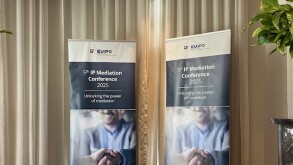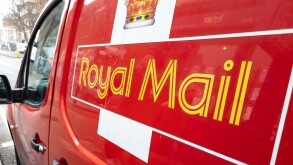The rule published by the Office in the Federal Registrar Notice codifies changes that were announced as “quick fixes” by the USPTO in March, and are effective immediately.
The PTAB recently implemented changes in scheduling orders to increase the page limitations for petitioner’s reply brief and for briefing for patent owner’s motion to amend, also allowing a claims appendix. They also conformed the rules to certain Office practices in conducting AIA proceedings.
Bernard Knight, intellectual property partner in Washington with McDermott Will & Emery, summarised the changes as:
• Motions to Amend. The page limit for motions to amend, and oppositions to motions to amend, is increased to 25 pages from 15 pages. The required claim listing may now be made in an appendix accompanying the motion to amend, and the appendix is not counted toward the 25-page limit.
• Petitioner’s Reply Brief. The page limit for the petitioner’s reply to patent owner’s response after institution is increased to 25 pages from 15 pages.
• Font Style. All filings must be in 14-point, Times New Roman proportional font.
• Back-Up Counsel. The rules are modified to make it clear that there can be more than one back-up counsel. There may be only one lead counsel.
• Fees. The rules clarify that you must include in the number of claims in the petition when calculating the required fees each challenged claim as well as any claim from which a challenged claim depends, unless that claim is separately challenged. The USPTO explains that the claims from which the dependent claim depends must be construed along with the dependent claim.
• Right to Depose. The rules make clear that routine or automatic discovery only includes affidavit testimony prepared for the post-grant proceeding. Consequently, if an affidavit is submitted from a district court proceeding, a motion must be filed to depose that affiant.
• Objections to Evidence. The rule makes it clear that objections to evidence must be filed with the PTAB and served on opposing counsel.
• Covered Business Method Proceedings. The rule explicitly provides that a covered business method proceeding may not be instituted where the petitioner filed a civil action challenging the validity of a claim of the patent before filing the petition. The change was made to track the statute.









